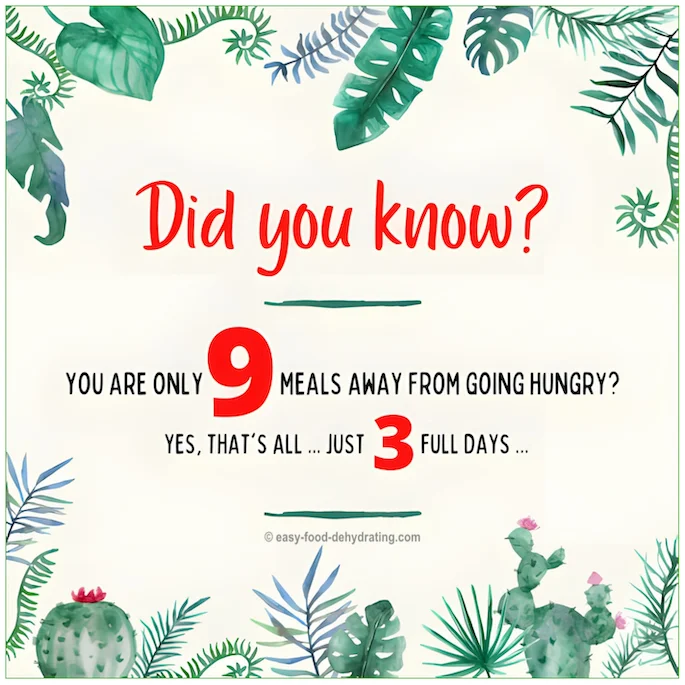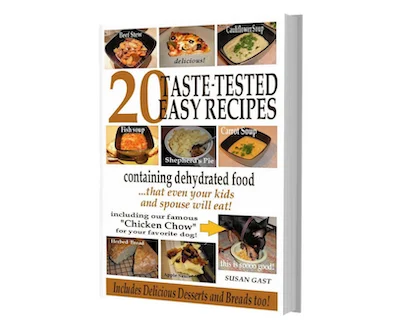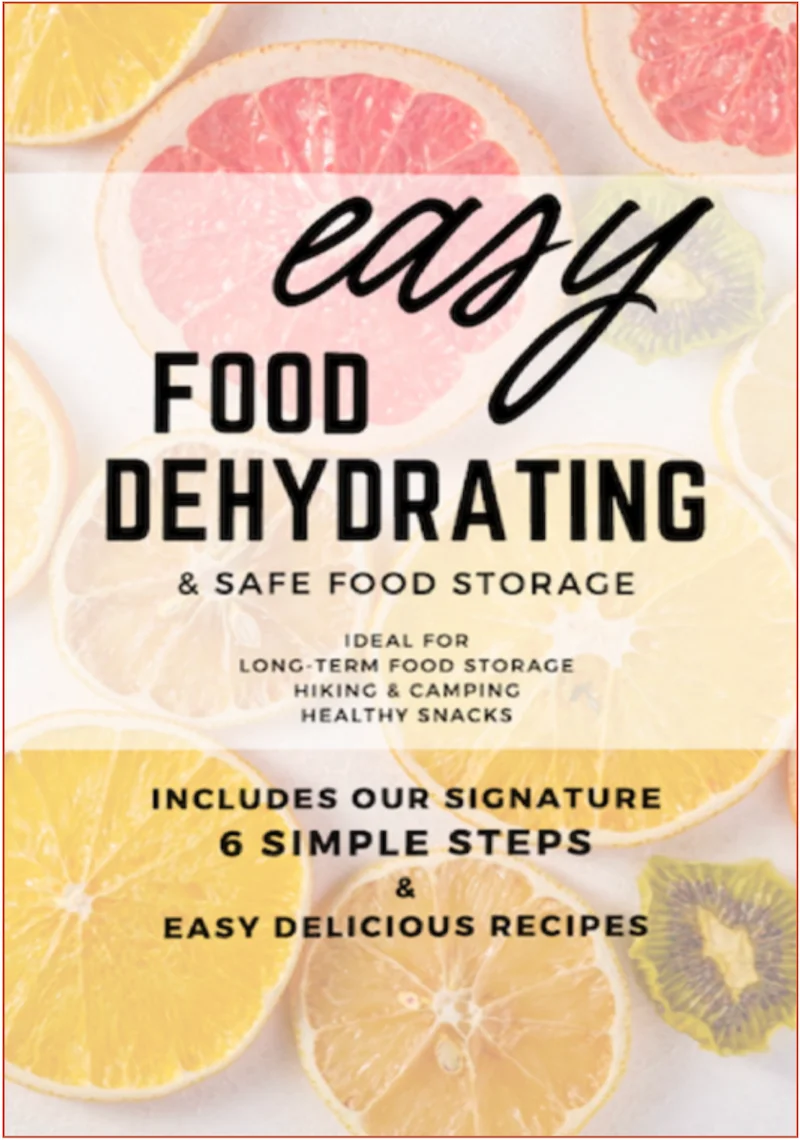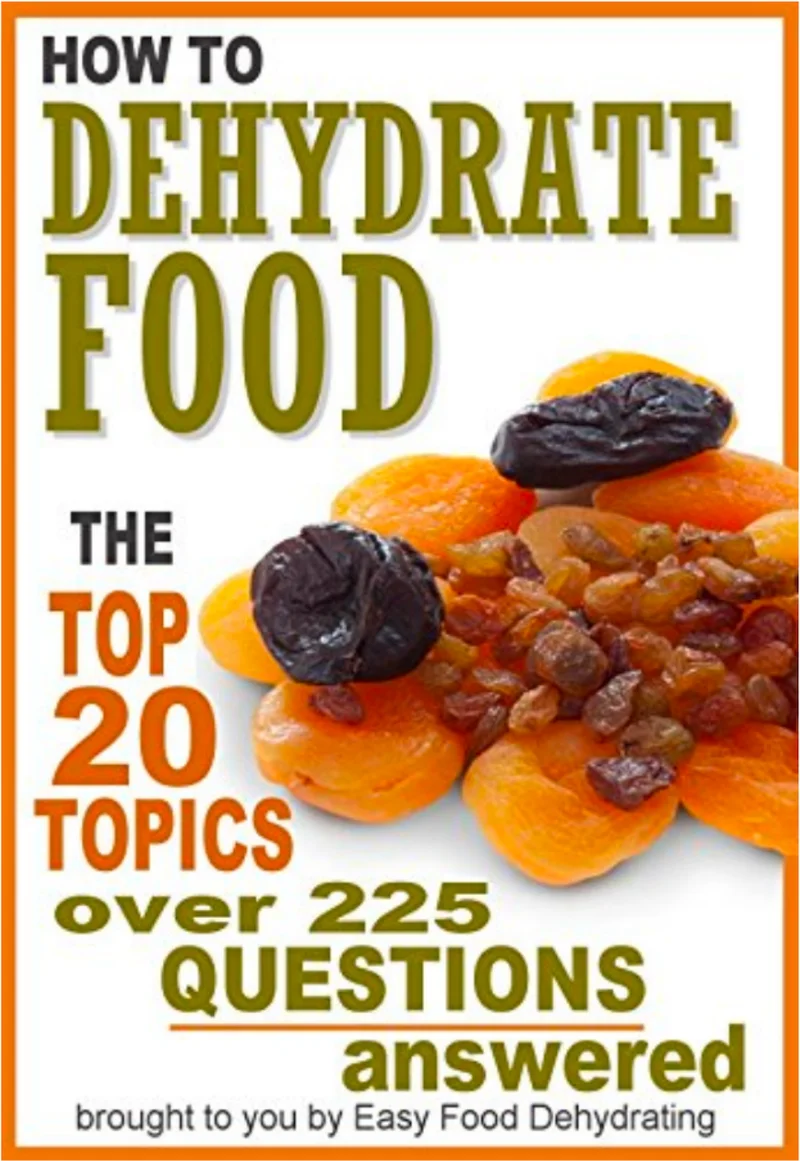What We Mean by “Dehydrate”
Here at Easy Food Dehydrating, “dehydrate” always means using an electric food dehydrator — the easy, reliable way to dry food at home.
- Home
- Articles On How To Dehydrate Food Safely
- Food Shortages Coming This Year
Food Shortages Coming This Year:
What You Need to Know

Are food shortages really coming this year? The signs point to yes—at least in some regions. From rising wheat prices to ongoing supply chain issues, staples like bread, canned goods, and corn may be harder to find or cost more than ever.
✅ Quick Answer: Are food shortages coming this year?
Yes, many experts warn that food shortages are possible this year due to inflation, supply chain delays, global conflicts, and extreme weather. Stocking up on pantry staples, dehydrating fresh foods, and learning storage techniques are the best ways to prepare.
But here’s the good news: with a few smart moves, you can protect your pantry, stretch your budget, and make sure your family always has food on the table.
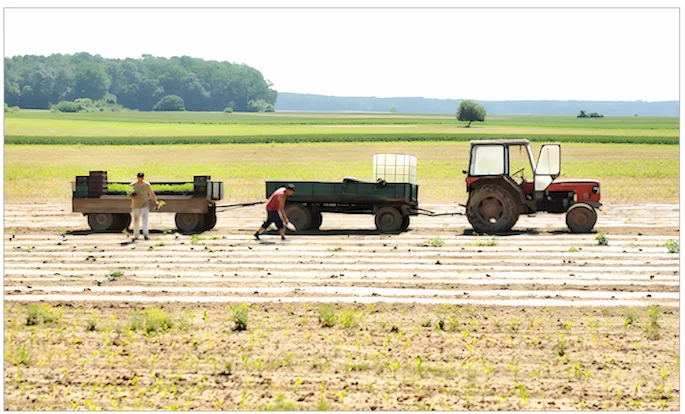
Now’s the time to plan ahead, protect your pantry, and take smart, simple steps to stay prepared.
Foods Most at Risk of Shortages This Year (and Why)
If we’re hit with another crisis—whether economic, environmental, or geopolitical—the first to vanish from grocery shelves will likely be staples like bread, canned goods, and corn-based products. Sound familiar? It should. These were among the first items to disappear during the early days of the pandemic.
In the U.S., bread production has already slowed due to skyrocketing wheat prices. With global wheat exports disrupted by conflict (such as the war in Ukraine) and rising fuel and fertilizer costs, commercial bakeries are scaling back. That means higher prices and fewer loaves on the shelves.
Canned foods—from soups and veggies to beans and pasta sauce—are also at risk. Metal shortages and supply chain hiccups have created a bottleneck, and prices continue to climb. If you’re relying on these shelf-stable options, it’s time to stock up while they’re still available.
Corn, another pantry cornerstone, is being diverted into everything from biofuels to industrial uses, making it harder for food producers to secure supply. That affects not just cornmeal and frozen corn, but a whole range of corn-derived products like tortillas, cereals, and snack foods.
👉 If these trends continue, are you ready to face a future where basic foods aren’t just expensive—but simply unavailable?
Now is the time to think ahead, while shelves are still (mostly) full.
Lessons From Past Food Crises You Can Use Today
Socialism: people wait for bread
Capitalism: bread waits for people
paraphrased from LibertyCliff on X
Socialism:
people wait for bread
Capitalism:
bread waits for people
paraphrased from
LibertyCliff on X
Why Canned Goods Keep Running Short (Even Years Later)
Since COVID-19, prices for canned vegetables, soups, beans, and meats have risen sharply—and they haven’t fully come back down. While manufacturers have ramped up production, lingering supply chain delays, labor shortages, and material costs (especially for aluminum and steel) continue to affect availability and price.
Now, looking ahead to mid-2025, tariffs may also be contributing to those price hikes. Whether on imported metal, fuel, or goods tied to international trade agreements, tariffs can raise the overall cost of getting canned products to shelves. While I understand and respect the intent behind these trade policies—to support local industries—they can still impact our grocery bills.
So what’s the takeaway? Be proactive, not panicked. You don’t need to hoard, but it’s wise to grab a few extra cans each time you shop—especially your family’s favorites. Building up your shelf-stable stockpile now could save you money and stress later, especially if shortages return.
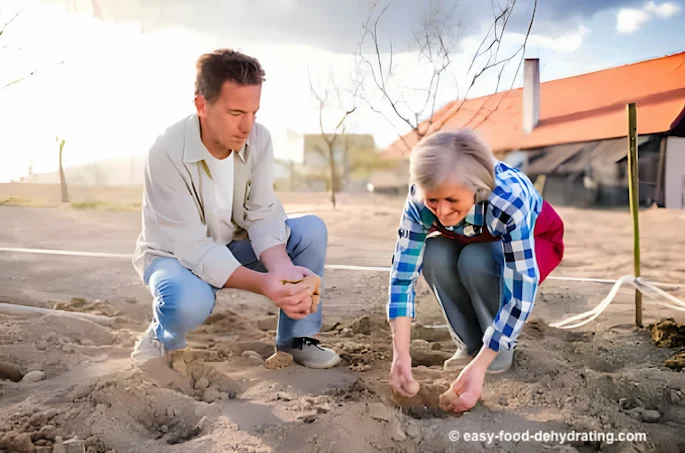
Should You Grow Your Own Corn to Beat Shortages?
Corn might not seem like a luxury item—until you can’t find it on the shelf. In recent years, corn supplies have tightened due to increased demand across multiple industries. It’s not just for the dinner table anymore: corn is used in fuel (ethanol), packaging, pet food, and even medical supplies. As a result, what used to be affordable and abundant is now at risk of becoming expensive and scarce.
If you're struggling to find cornmeal, canned corn, or even tortilla chips at a decent price, you're not alone. Farmers are under pressure, too, facing higher costs for seed, fertilizer, and fuel—which all trickle down to consumers.
So, what can you do? If you’ve got a garden patch or even a few raised beds, consider growing your own corn. Save the healthiest cobs and use them as seed next season. It’s not only empowering—it’s a way to hedge against future price spikes and supply gaps.
Even if you don’t grow your own, now’s a great time to stock up on corn products while prices are still reasonable. Corn is one of those foods that shows up in countless forms—so keeping it in your pantry means more than just corn on the cob.
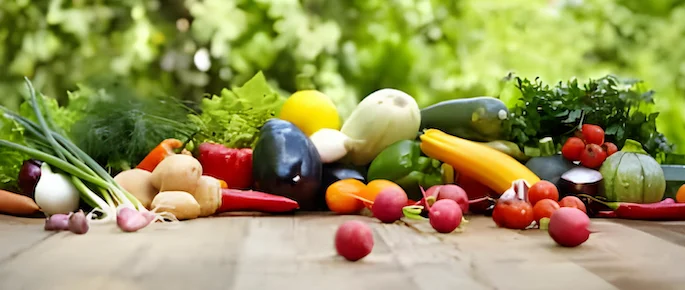
How BOGO Deals and “Ugly” Produce Save You Money

Get out of the car and scour the roadside produce stands. On the weekends? Visit the farmers' markets. There's a great market down in Fort Pierce, Florida. Live music, good food, and lots of fun!
Don't miss out and skip buying bruised or misshapen fruits and vegetables. They all taste the same, whatever size or shape they are!
I'm really pleased that there are many organizations that deliver slightly imperfect foods directly to our doors.
Best Places to Order Imperfect Produce Online

How to Tell If You’re Truly Ready for a Food Emergency
There's nothing quite like the feeling of security when you know your family will be fed in times of natural disasters. Be prepared for possible food shortages coming our way...
DID YOU KNOW that the average person's pantry has only
enough food stored to get them through THREE days?
What can you personally do about it?
Get busy dehydrating food!
DID YOU KNOW that the
average person's pantry has only
enough food stored to get them
through THREE days?
What can you personally
do about it?
Get busy dehydrating food!
Dehydrate and Store Food Safely: A Simple Guide
Get our free eBook and learn the quick Six Simple Steps on how to safely dehydrate fresh fruits 'n' veggies (and cooked meats). Not only that, you need to know how to safely store your fruit and vegetables too!
It's easy to be prepared for food shortages coming this year (or any year!) if you know how. We make checklists before going on vacation, heck, and grocery store lists, so why shouldn't we have an emergency food list?
- Fruit
- Vegetables
- Meats
- Dry goods (salt, sugar, flour)
- Canned goods
America is TOUGH—and we CAN and WILL get through anything, but help yourself first so you're able to HELP others in a time of need.
WE CAN DO IT, America!
We need to be prepared for possible food shortages coming this year - or any year.
Delicious Meals You Can Make With Dehydrated Foods
Hey, when you've learned how to dehydrate your garden's goodies, put your dehydrated food ingredients to the test in our easy recipes.
Be prepared to be blown away by how good these dishes taste, and how easy they are to make.
Also included in the 20 Taste-Tested Easy Recipes eBook (and Paperback) are the fresh ingredient amounts to use instead of the dehydrated food amounts listed in the recipes - when you have fresh food on-hand.
Growing Your Own Food: The Ultimate Safety Net
Have you ever considered growing your own fruits and veggies? I did. I started a compost bin and all. What happened? We moved house! Grrrr. If you're lucky enough to live on acreage—be it an acre or ten acres—then why not grow veggies? Plant a few fruit trees too while you're at it!
While I'm on the subject, you'll probably need a greenhouse to get your seedlings started in colder climes. Check out this super greenhouse made from recycled items! Love. It.
Suggestion: Check out Mother Earth News™️—they are a substantial source of gardening inspiration!
Thanks for sticking with me on this important topic. Food shortages don’t have to mean empty plates—especially if you take action now. By dehydrating your own produce, keeping extra canned goods on hand, and even trying out BOGOs or imperfect produce, you’ll be steps ahead.
To learn what it takes to dehydrate food safely, get our Six Simple Steps TODAY.
Food Shortages FAQs: What You Really Need to Know
What’s really causing food shortages this year?
What’s really causing food shortages this year?
Food shortages are fueled by extreme weather, global conflicts, rising fuel and fertilizer costs, labor gaps, and supply chain slowdowns. Together, these disrupt farming, shipping, and grocery availability.
Which foods should I stock up on first?
Which foods should I stock up on first?
Focus on pantry staples like bread, flour, rice, canned goods, and corn-based products. These are most vulnerable to rising costs and supply disruptions.
How can I prepare at home without panic buying?
How can I prepare at home without panic buying?
Start small. Add 2–3 extra cans or dry goods to each grocery trip. Dehydrate seasonal produce, rotate your pantry, and store food in vacuum-sealed or mylar bags for freshness.
Is buying “ugly” produce a good idea during shortages?
Is buying “ugly” produce a good idea during shortages?
Yes! Imperfect produce is just as nutritious, often cheaper, and can be dehydrated or frozen for later use.
What’s the best long-term food storage method?
What’s the best long-term food storage method?
Place dry foods in vacuum-sealer bags with a 100cc oxygen absorber and a 5g desiccant packet, then vacuum seal and wrap in cling film. Bundle 3–4 sealed packs inside a Mylar bag with a 300cc oxygen absorber and a 20g desiccant, then heat-seal the Mylar (do not vacuum the Mylar). Store in a cool, dark, dry space.
Thanks for taking the time to read about food shortages coming this year. You don’t need to panic—but you do need a plan. Start small by dehydrating in-season produce, stocking up on BOGOs, and learning how to cook with shelf-stable ingredients.
Download my free “Six Simple Steps” eBook and take control of your food security today—because being prepared feels a whole lot better than being caught off guard.
Before You Go...
If you enjoyed this page, tap the ❤️ in the lower right-hand corner.
It saves this page to your Grow bookmarks so you can find it again later.
You’ll also see quick share buttons to copy the link, post to Facebook,
or save it straight to Pinterest.
